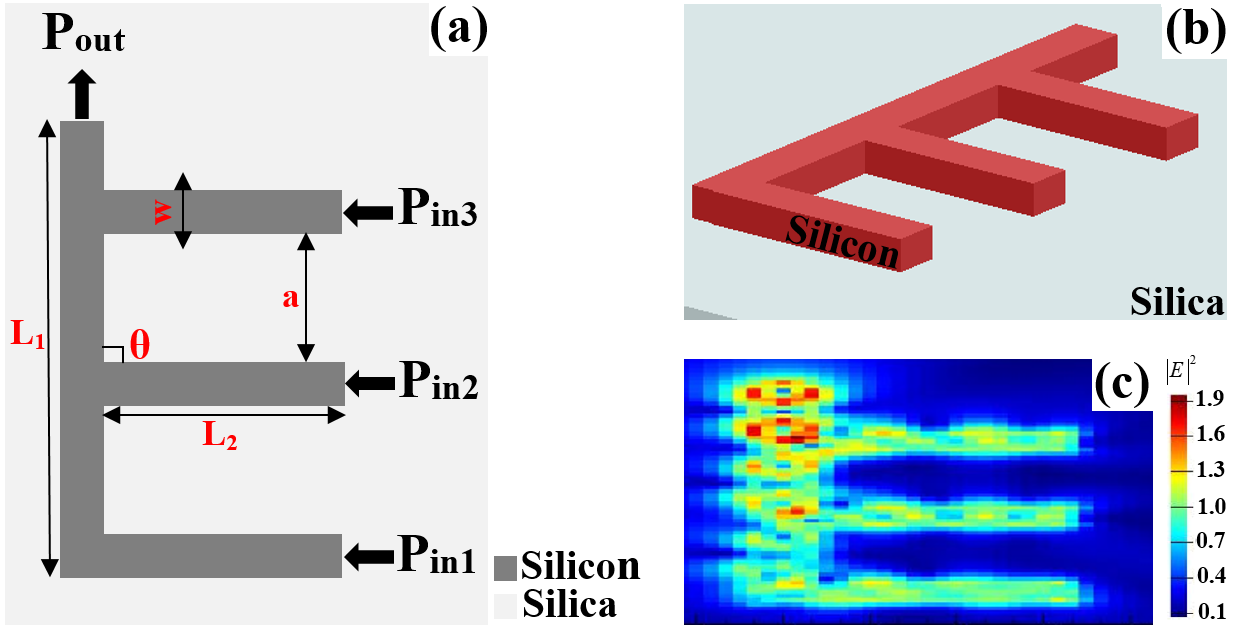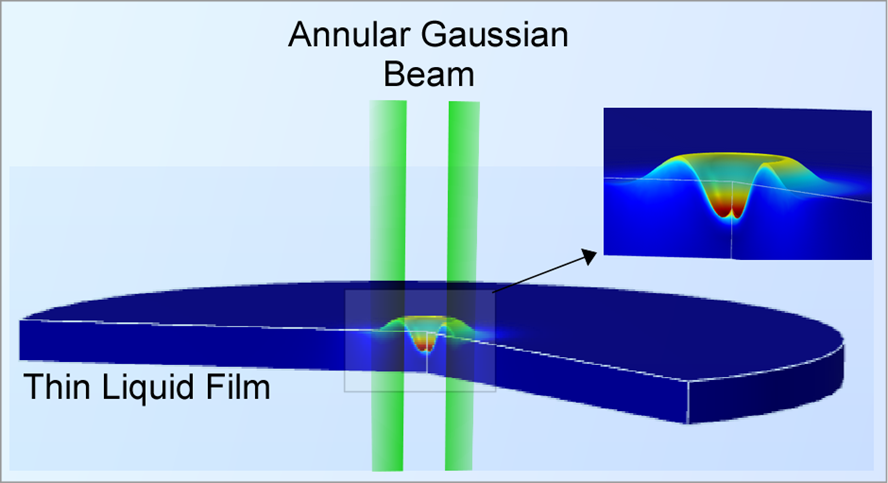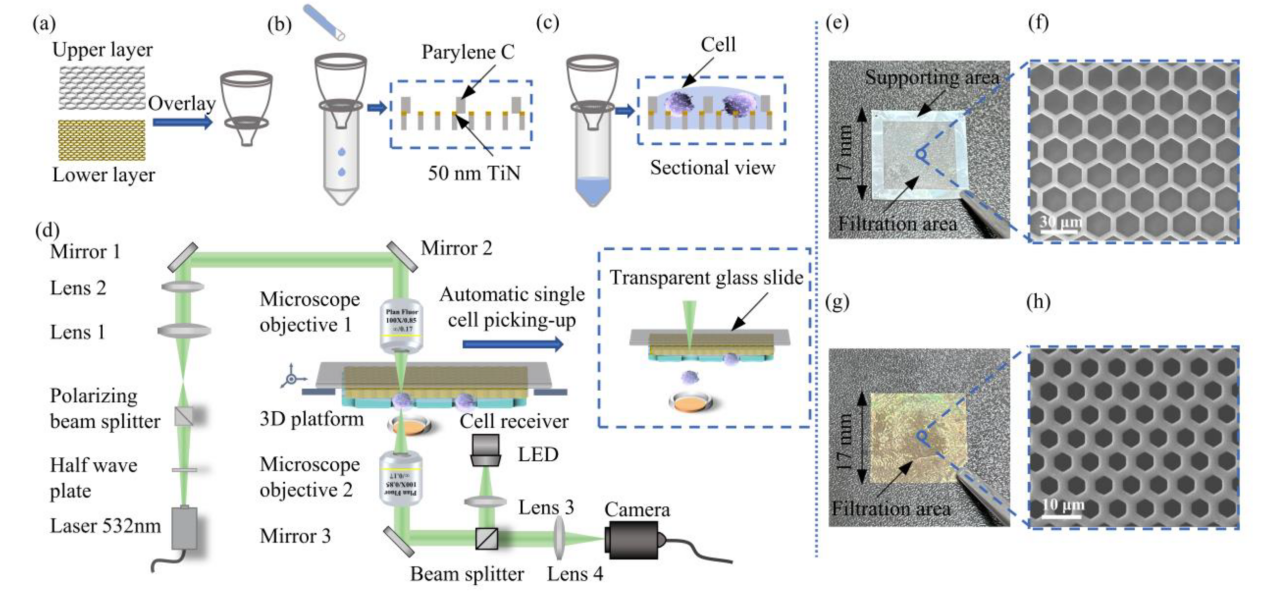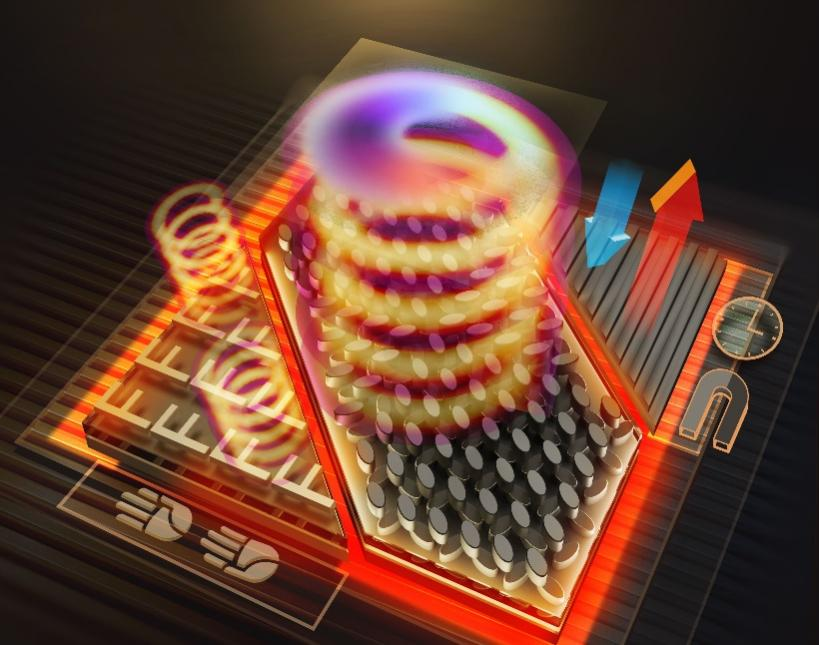
The high field confinement in silicon core combined with superior miniaturization and low loss are some of the key features of using silicon waveguides for realizing integrated optical components. In addition, silicon has the best crystal quality and is the least expensive of all semiconductor materials.

In a study published in Optics Letters, a research group led by Prof. LI Wei from Changchun Institute of Optics, Fine Mechanics and Physics (CIOMP), Chinese Academy of Sciences (CAS) has shown that the nano-mechanical dynamics of water surfaces can be measured quantitatively by observing the interplay between optics and fluid mechanics.

Circulating tumor cells (CTCs) are rare cells with extremely low abundance in peripheral blood and have shown extensive molecular heterogeneity. However, just enumeration of CTCs could not reflect the heterogeneity of tumor biology. Therefore, there is an urgent need to develop single-CTC picking method to better understand the role of individual CTC at molecular biology level.

Recently, Prof. LI Wei and his team from Changchun Institute of Optical, Fine Mechanics and Physics, Chinese Academy of Sciences, in collaboration with Prof. Shanhui Fan and his team from Stanford University, USA, analyzes the physical mechanism and overviews recent progress of near and far field thermal radiation control based on symmetry-broken nanophotonic structures and outlooked the future development in this direction.

A research group led by Prof. ZHANG Jiahua from Changchun Institute of Optics, Fine Mechanics and Physics of the Chinese Academy of Sciences and his co-author Prof. LIU Feng from Northeast Normal University, Prof. WANG Xiaojun from Georgia Southern University proposed a single-wavelength information write-in and read-out strategy to replace the conventional multi-wavelength strategy to simplify the structure of storage devices. The work was published in Laser & Photonics Reviews.

Silicon-on-insulator (SOI) is an optical structure created by a thin layer of silicon (Si) patterned on an insulating layer, commonly silicon dioxide (SiO2). Because of the remarkable transparency of Si in the infrared band and the significant refractive index difference between Si and SiO2, SOI waveguides have unique optical features.
